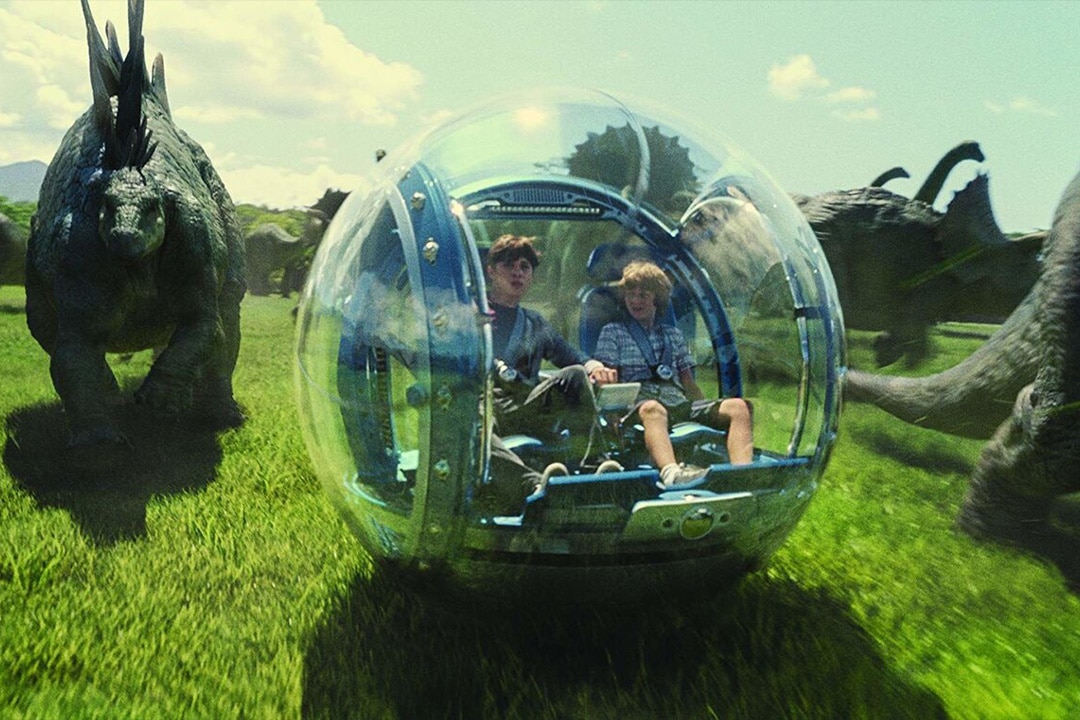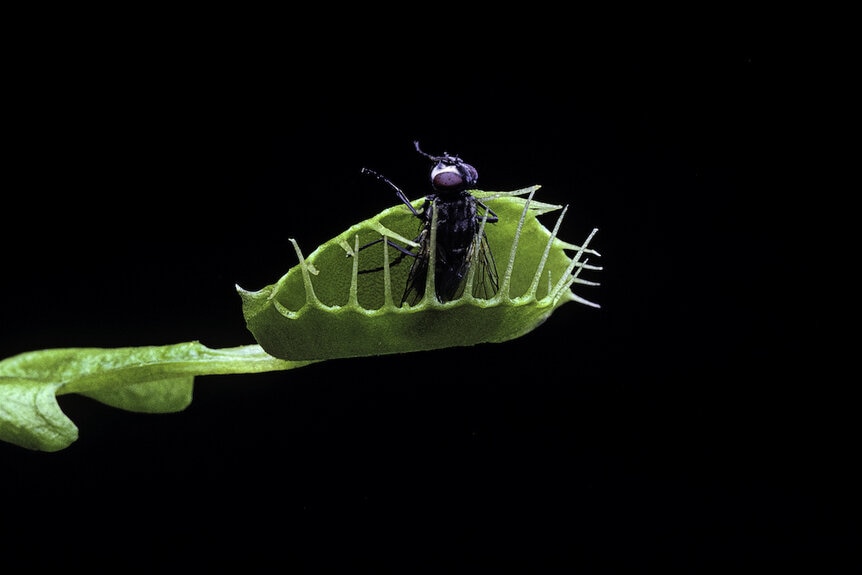Create a free profile to get unlimited access to exclusive videos, sweepstakes, and more!
Up to 40% of species in the United States may be at risk of extinction
We don't like those odds.

Say what you want about the folks who ran Jurassic Park and Jurassic World (streaming now on Peacock, by the way) but they succeeded in doing something seemingly impossible. Even if it did end poorly every single time. The scientists at those parks found a way to peer into a lost past and pluck long-extinct species out of the ether. That’s something modern real-world scientists are working on right now — thankfully, they’re focused on cuddlier creatures, like mammoths and dodos — but it should be easier to keep what you have than to recover what you’ve lost.
While many of them don’t have the cultural cache that dinosaurs or mammoths do, there are countless species inhabiting the world today which are at risk of disappearing forever. According to the latest report from NatureServe, a leading conservation research group, 41% of ecosystems in the United States are at risk of collapse. Along with them, we’re at risk of losing up to 40% of animal and 34% of plant species.
NatureServe collected data from a network of more than a thousand scientists in the United States and Canada. Then they used that data to quantify the security of plant and animal species, as well as their habitats. They found that species and ecosystems are threatened almost across the board, but to varying degrees. Some species, and some places, are taking a bigger beating than others.
RELATED: ‘De-extinction company’ Colossal Biosciences commits to resurrecting the dodo
In terms of ecosystems, temperate locales are doing the best while warmer destinations are suffering. One hundred percent of tropical forest and tropical high montane grassland and shrublands are listed as either imperiled or vulnerable. Tropical savannas, grasslands, and shrublands aren’t doing much better, with only 12% of them listed as apparently secure. And the vulnerability of those habitats trickles down to the species which call them home.
Birds are doing pretty well, probably because they can pick up and leave if things get too intense. Only 12% of bird species are listed as in trouble. By contrast, roughly three quarters of terrestrial and freshwater snails are in danger of going extinct.
Approximately 200 species of cactus (accounting for about half of all cacti species), roughly one in five tree species, and about half of all grasses are listed either as vulnerable, imperiled, critically imperiled, or possibly extinct. Because the security of a species is driven in large part by the security of its habitat, the majority of losses and areas of risk in the United States are concentrated in the south where temperatures are warmer and populations are, on average, higher.
Among the vulnerable species the report highlighted are the Utah prairie dog, the dusky gopher frog, the ghost orchid, and the Venus flytrap. While flytraps might feel like rare and exotic carnivorous plants recovered from some lost and ancient world, that couldn’t be further from the truth. In fact, Venus flytraps only grow natively in a small part of the coastal plain in North and South Carolina. If that habitat is lost, every kid’s favorite killer plant will vanish for good.
RELATED: These carnivorous plants are hunting underground
It isn’t all bad news, however. While the data does shine a spotlight on the very real and very large problem of species and habitat loss, it also provides a lot of useful information for conservationists. The report clearly outlines the areas and species at risk and how those plants, animals, and habitats interface with human activities like land use.
Through a better understanding of where the ecological decay is happening, scientists, conservationists, and lawmakers can make more informed decisions about where to deploy resources and how to slow ecological decline. The first part of any attack plan is a robust picture of the battlefield. Now we just have to put a plan into action before the clock runs out.
Fingers crossed that we save as many species as possible. Every time we bring them back from the dead, they try to eat us. At least it makes for a good show, catch Jurassic World, streaming now on Peacock!



























